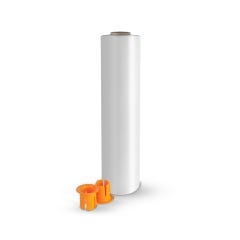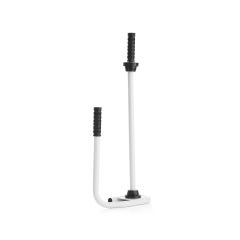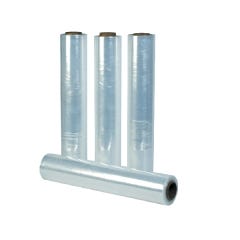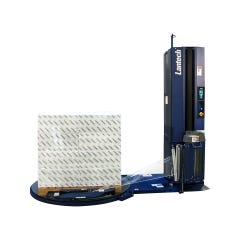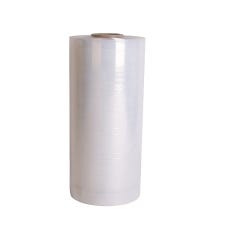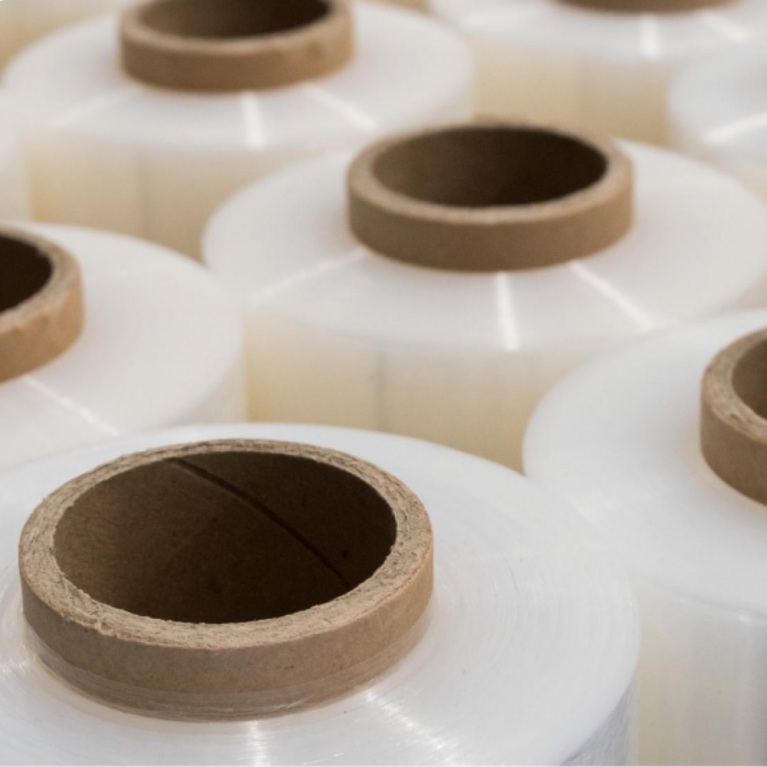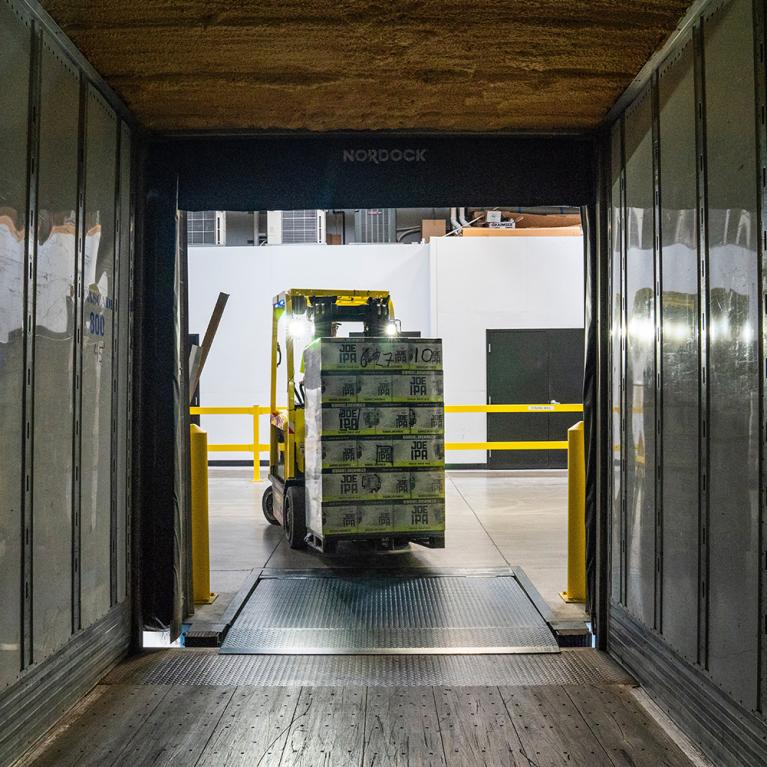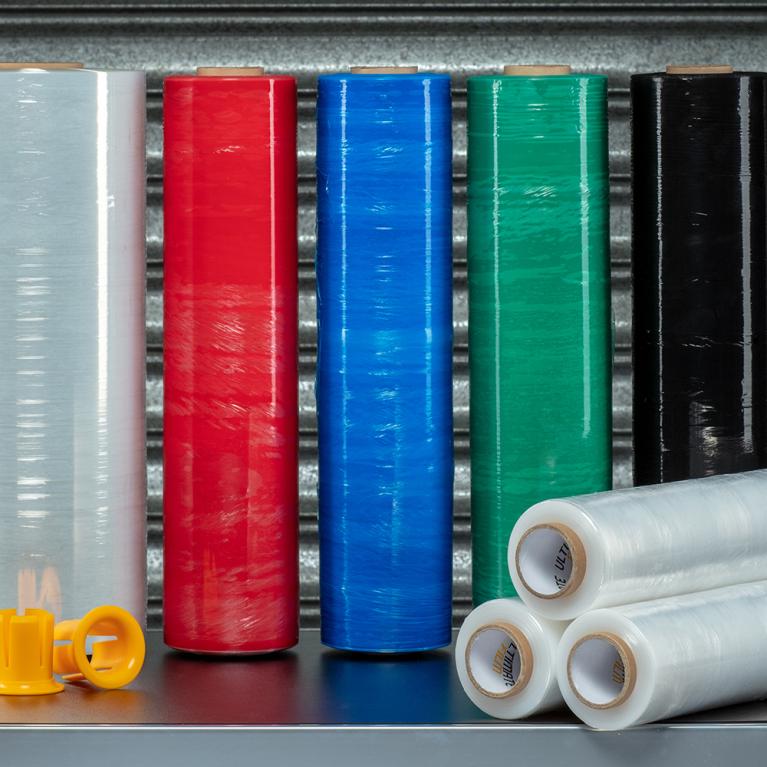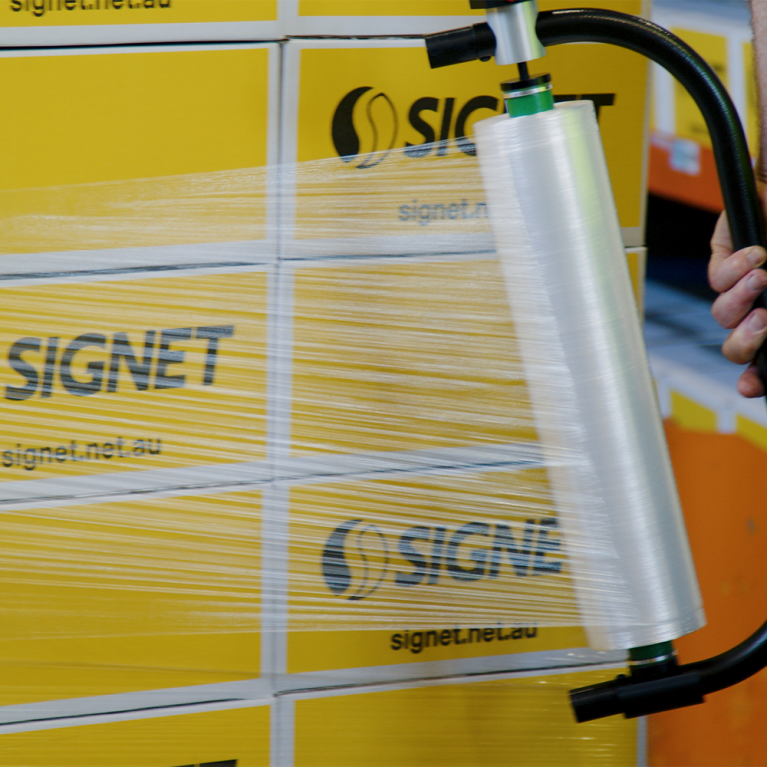
Proper load containment is the key to ensuring pallets are securely held in place while going from A to B, but do you know how to achieve it?
Load containment is one of the most important factors in ensuring your pallet doesn’t turn into the leaning tower of Piza, or worse, become a pile of cartons on the floor. While it’s a crucial part of wrapping a pallet, how much do you know about it? We take look into everything load containment and explain how effective pallet wrapping will ensure your pallets arrive in perfect condition.
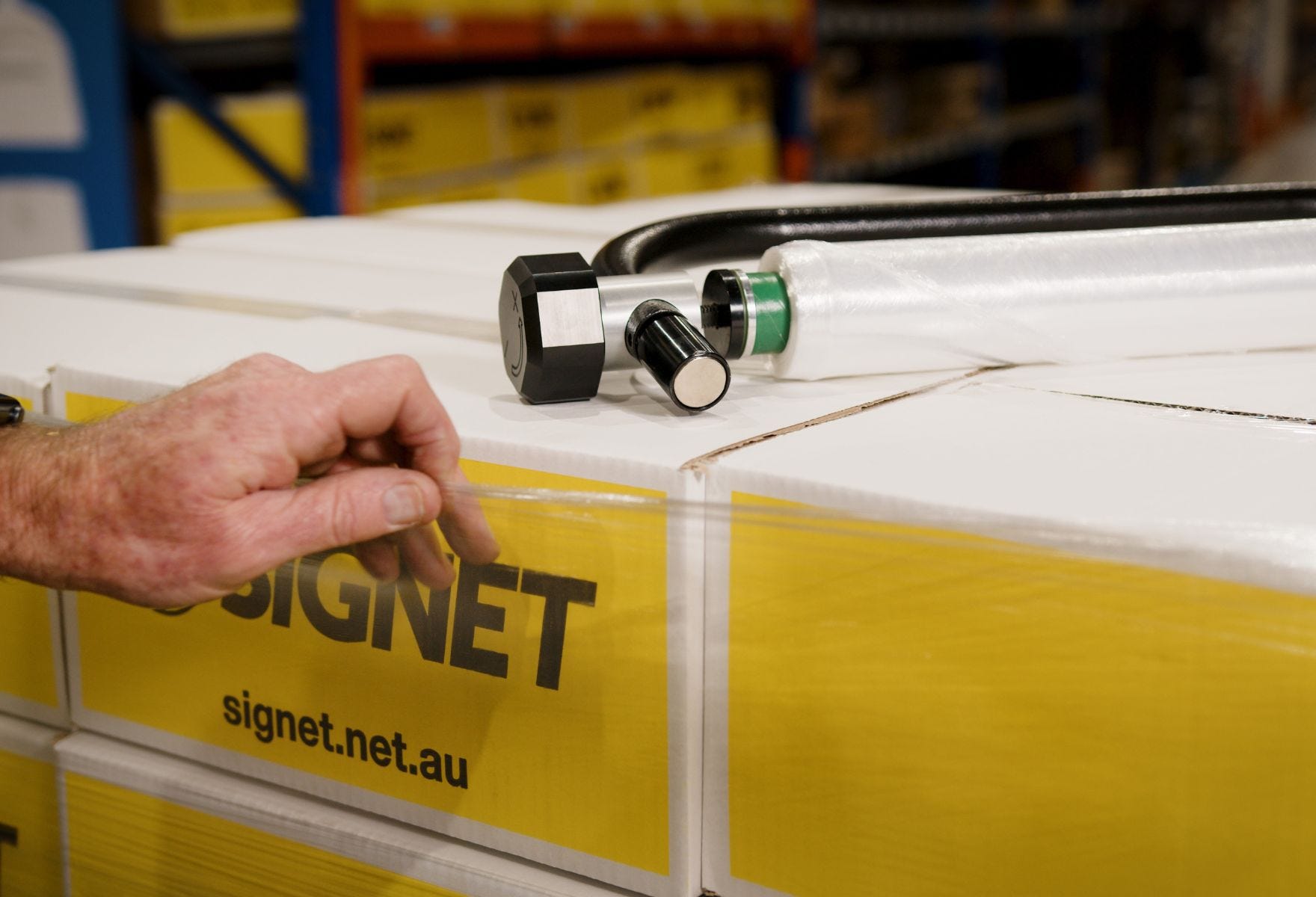

What is load containment?
Technically speaking, load containment refers to the force that holds your pallet together and prevents it from moving around in transit. This can be determined by three factors, the wrapping force, the type of your film you use, and the number of revolutions/layers on your load. Getting all three of these right is the secret formula to a stable pallet.
Why is it so important?
Pallets undergo a lot of movement during transit — abrupt starting and stopping, vehicle vibrations and sharp turns. So, if they’re not wrapped effectively, it can risk not only damaging your own products, but others on their journey. In fact, 50% of damaged pallets are due to poor load containment caused by ineffective pallet wrapping.
How to ensure correct load containment
Automating the pallet wrapping process is one of the best ways to ensure proper and consistent load containment. However, understandably, automating isn’t always a possibility. In that case, ensuring your team have been trained on how to properly load and wrap a pallet by hand is essential.
So that you’re fulfilling your part in the chain of responsibility there are a few considerations to make to ensure your load containment is in tip top shape.
1. Is your pallet correctly loaded?
When stacking your pallet ensure your products are loaded close together, the weight is evenly distributed across your pallet, and that all items on the pallet are stable. This will create a solid foundation for your pallet and help with load stability.
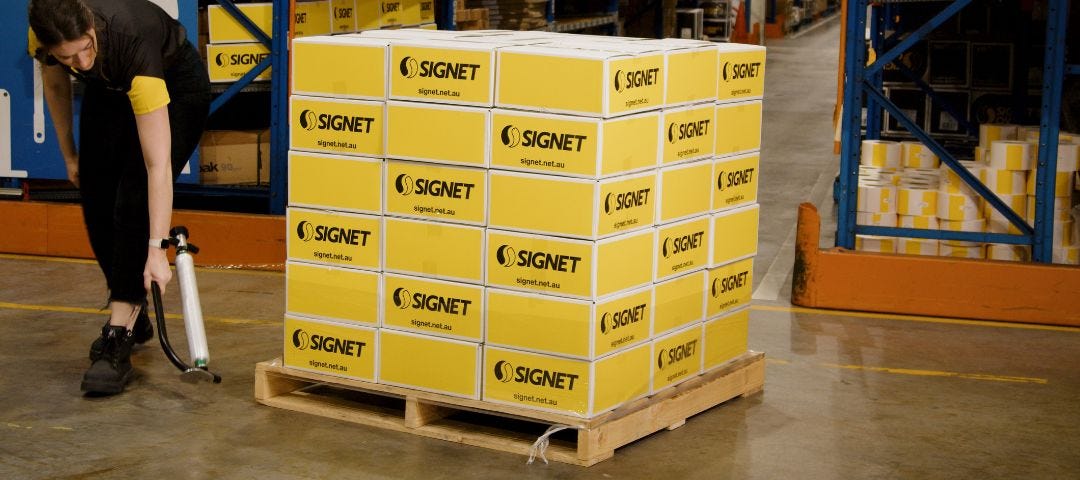

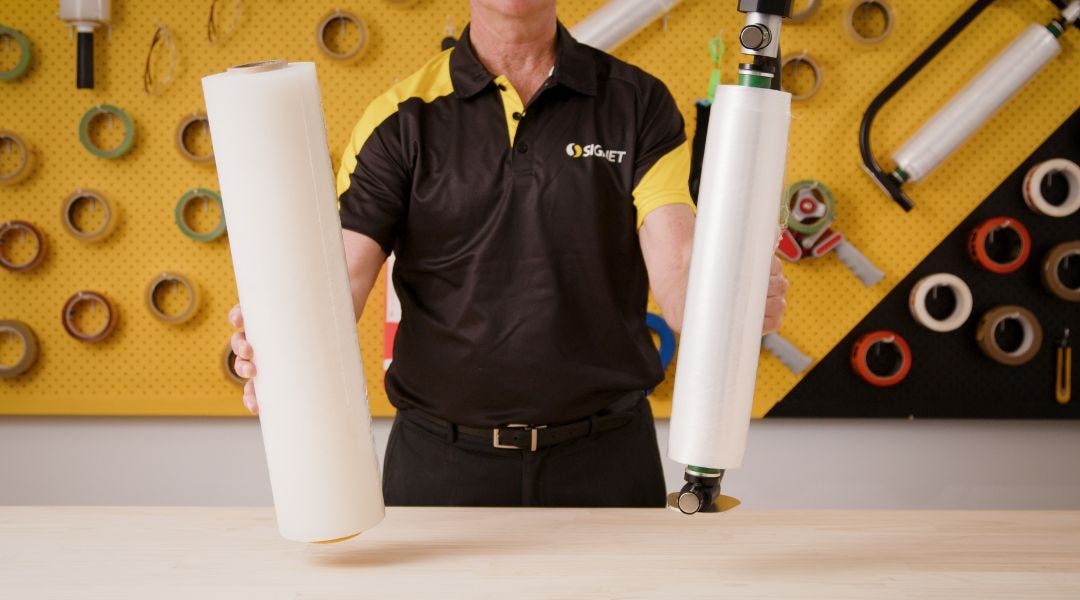

2. Are you using the right Stretch Film for your load?
There are several different Stretch Films you could use to wrap your pallet and using the right one will not only help with load containment but can make for more efficient and effective wrapping. If you’d like to learn more about how to choose the right Stretch Film for your pallet, click here.
3. Is your pallet wrapped correctly?
Is the load properly locked onto the pallet? Has the film been stretched enough? Are there sufficient rotations for the size of the load? Asking yourself these few questions can help you figure out if your pallet is wrapped correctly. You can learn more about properly wrapping a pallet by hand here.
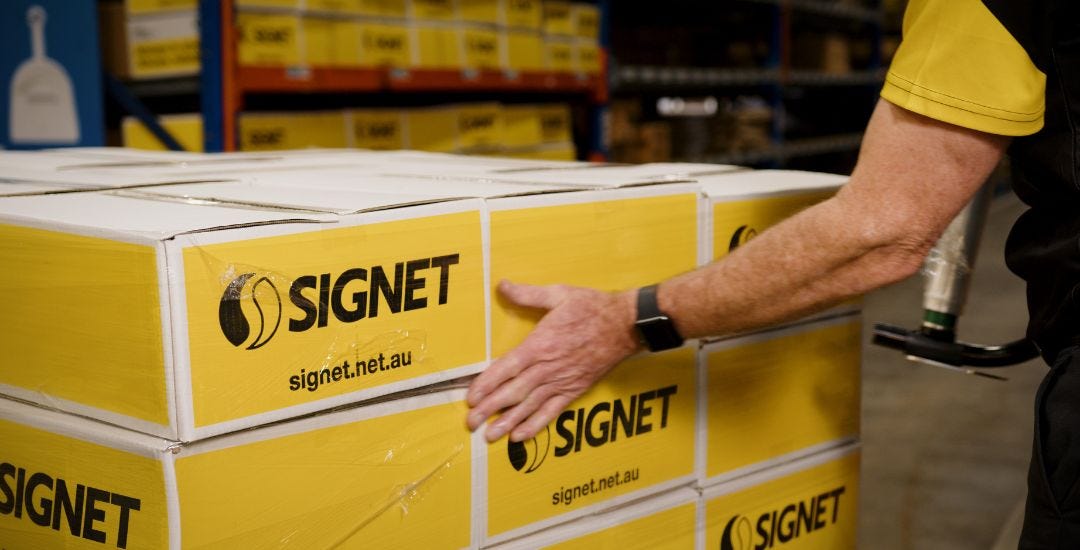

Another way to help with load containment when wrapping by hand is to use a manual pallet wrapping tool. The Signet Bolt pallet wrapping tool is the closest to machine wrapping as you can get, by hand. Using its innovative tensioning system and 5um pre-stretched film, it delivers consistent pallet wrapping and better load containment.
How to test load containment
Whether you’re wrapping by hand or machine it’s important to test your load containment every now and then to make sure it's consistent. If your pallet is properly wrapped, guidelines dictate it should be able to do a 27° static tilt without any movement.
Doing proper checks of your load containment can get a bit technical, but a simple test you can do yourself is grabbing a single layer of the film and stretching it. If it stretches more than 200%, then the film hasn’t been stretched enough while wrapping and you risk your pallet becoming unstable during transit.
If you’re wanting to take a deeper dive into your load containment and see how you can make improvements to your pallet’s stability, Signet’s team of product specialists are waiting to give you a hand. Call 13 7446, email sales@signet.net.au, Live Chat with us at signet.net.au, or submit an enquiry below.

